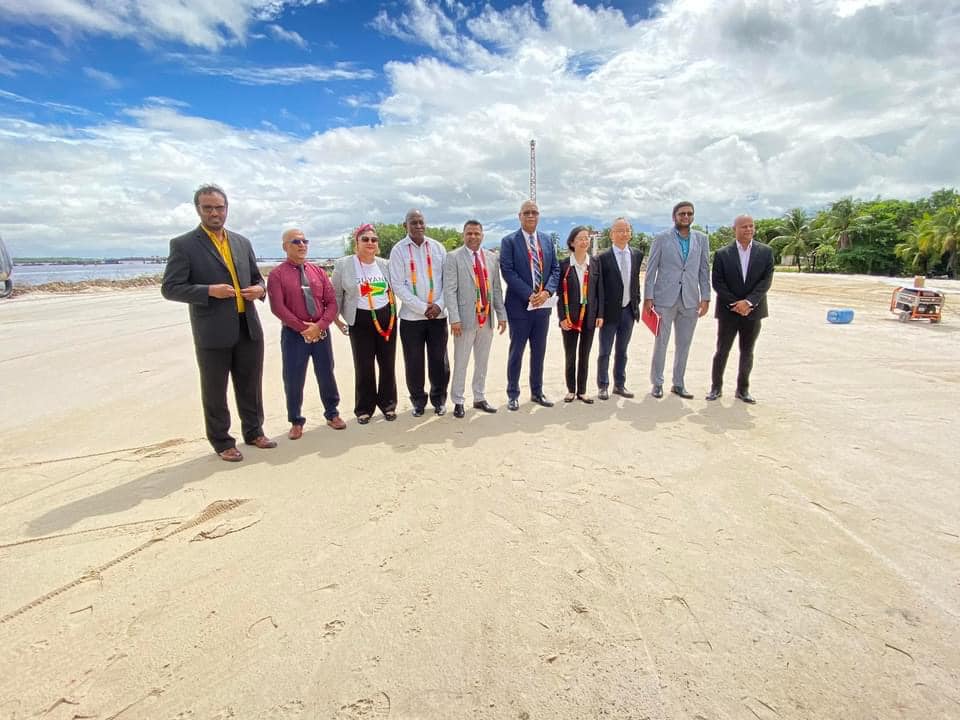The Private Sector Commission (PSC) today welcomed the government’s signing of a contract for the new Demerara Harbour Bridge saying that it was long overdue.
A statement from the PSC follows:
The Private Sector Commission (PSC) wishes to congratulate the Government of Guyana on the recent signing of the new Demerara Harbour Bridge contract valued at some US$260M. This is an extremely important infrastructure project serving more than 50% of the country’s population residing between regions 3 and 4 on a daily basis.
The PSC takes this opportunity to highlight the fact that this bridge was identified since 1996 for construction in the National Development Strategy in which the Private Sector Commission played an integral participatory role.
It is worth observing that the bridge was scheduled, at that time, to be built and completed by 2012, but, for a variety of reasons which the government has publicly explained, the conclusion of the contract has not been achieved until now, some ten years later than originally envisaged. Nevertheless, this much anticipated bridge across the Demerara River will be hugely welcomed.
What’s the cost of NOT having the bridge built on time to the Country?
The government’s investment in the bridge when calculated in terms of its cost benefits to the country is enormous. For instance, taking into consideration that conservatively, a total of 12,000 vehicles traverse the bridge on a daily basis with an average number of person per vehicle of five; with the current traffic situation, commuters lose approximately two – four hours per day in traffic alone, this would work out to about a loss of 43.8 million productive hours or the equivalent of 5 years’ loss of productive hours. The traffic congestion problem started to worsen about five years ago so imagine then the loss in productive hours, collectively over five years’ period. By using per capita income of US$5,000 to arrive at an average hourly rate of US$10, would amount to a loss of US$2.2 billion in productive time over this five years’ period – equivalent to almost 50% of pre-oil GDP – that is, the cost of not having this new bridge in place.
Economic and Social Impact
The social benefits to the population who would benefit from the bridge are equally impressive. For example:
i) As a result of less travel time, persons can spend more quality time with their families in the evenings after work, and before school in the mornings.
ii) Better productive and social use of time to engage in other activities.
iii) Efficiency in transport.
iv) Collectively, more productive time available to engage in productive activities to enhance individual’s livelihoods, and the same can be said for businesses
v) The new bridge would not be required to close to vehicular traffic for ocean going vessels, it will be built high enough for ships to pass under, this is another huge benefit,
vi) reduced wear and tear for vehicles
The PSC looks forward to the commencement of construction of this new Bridge, which was long overdue.







